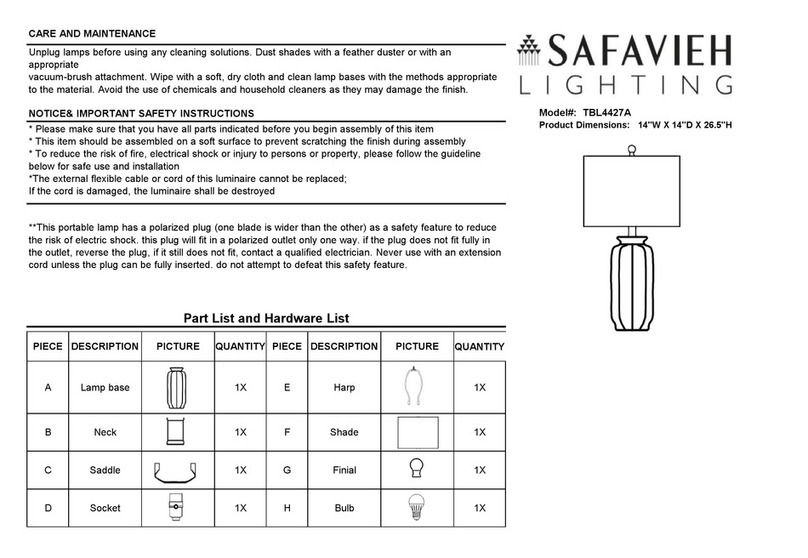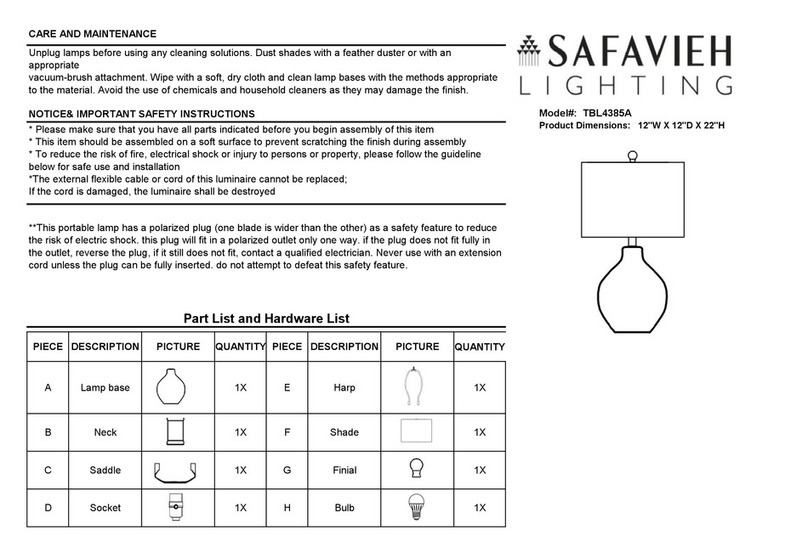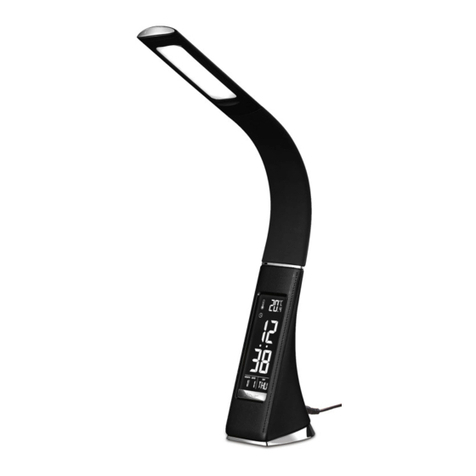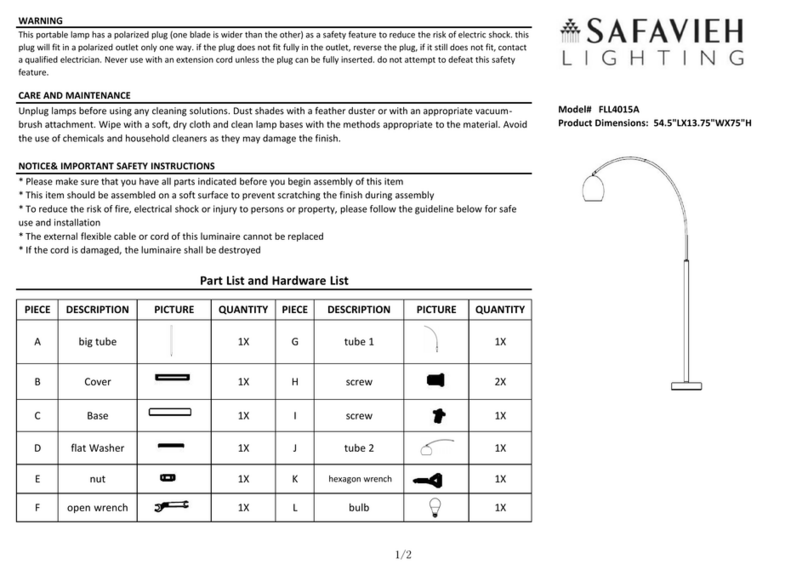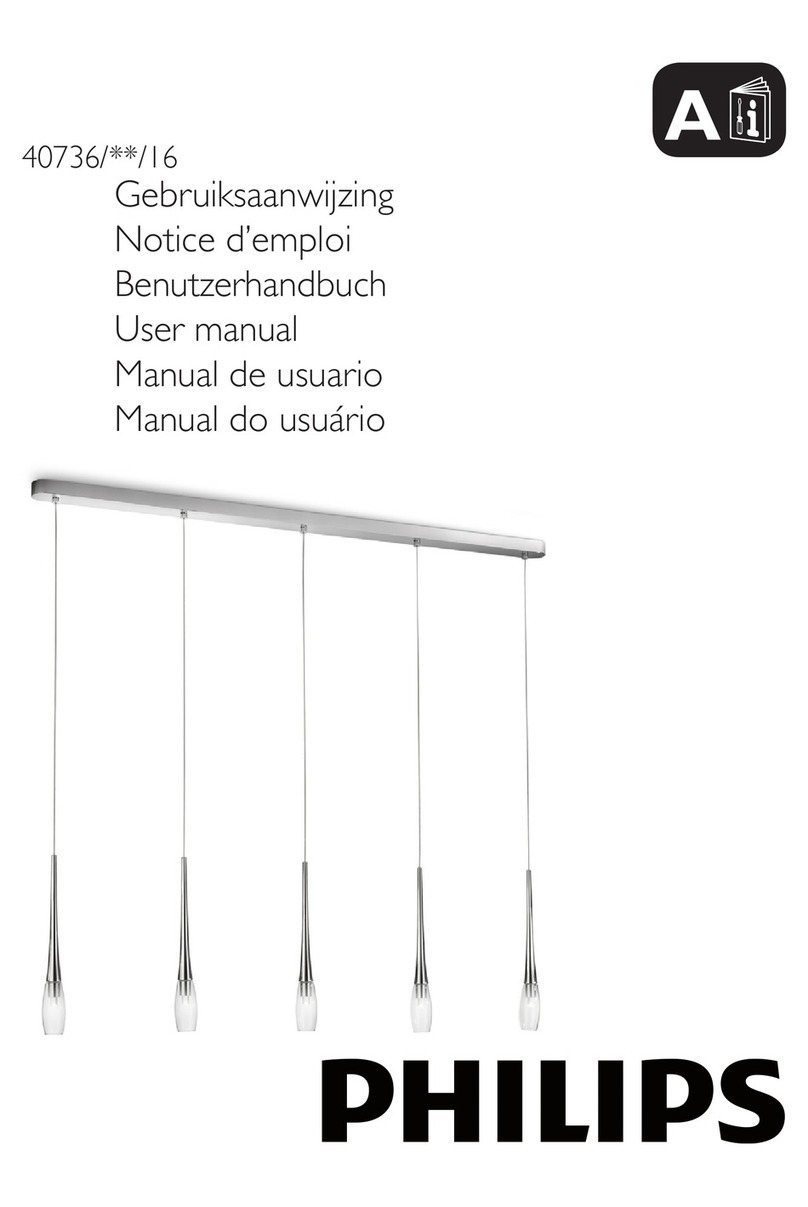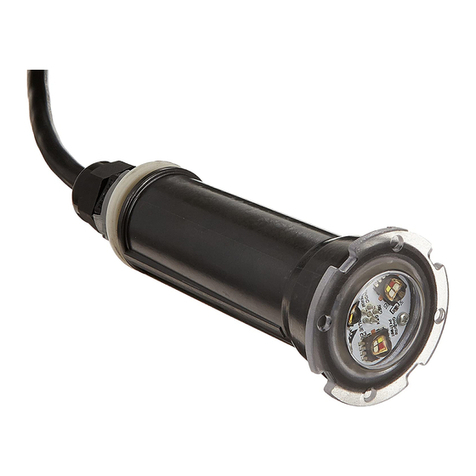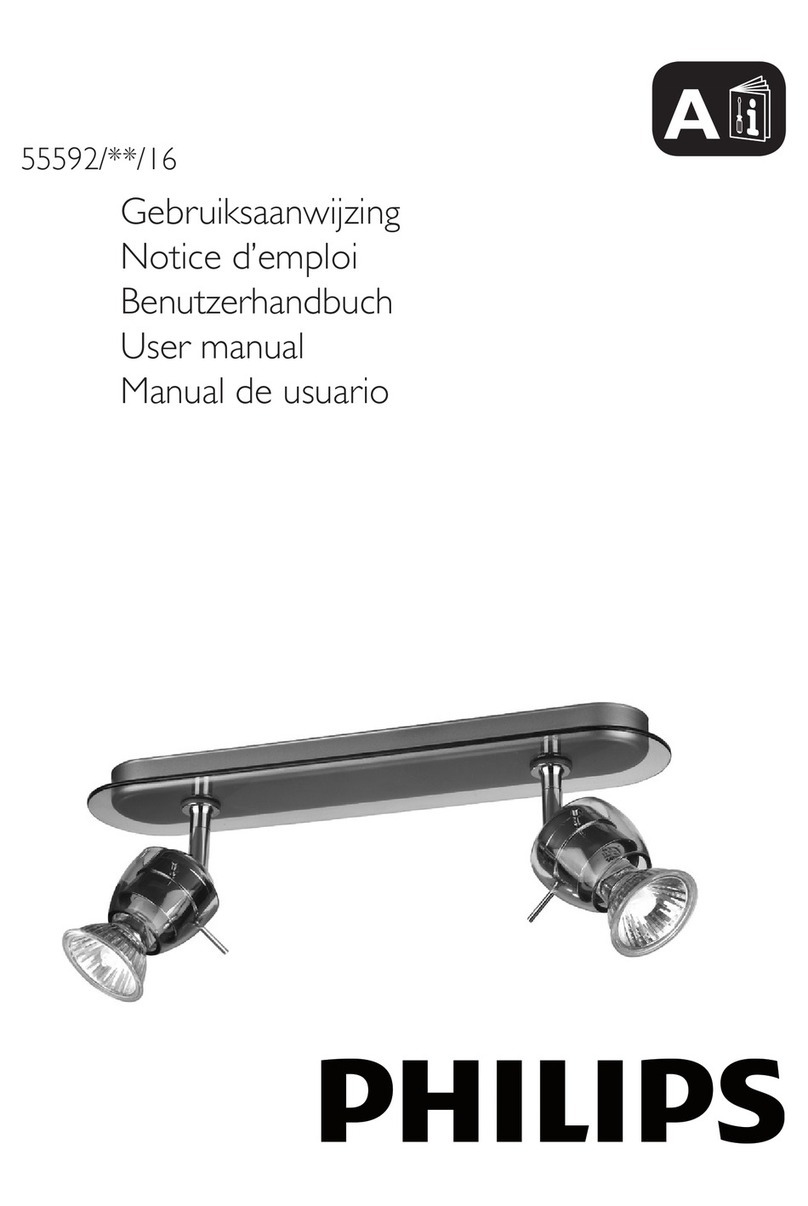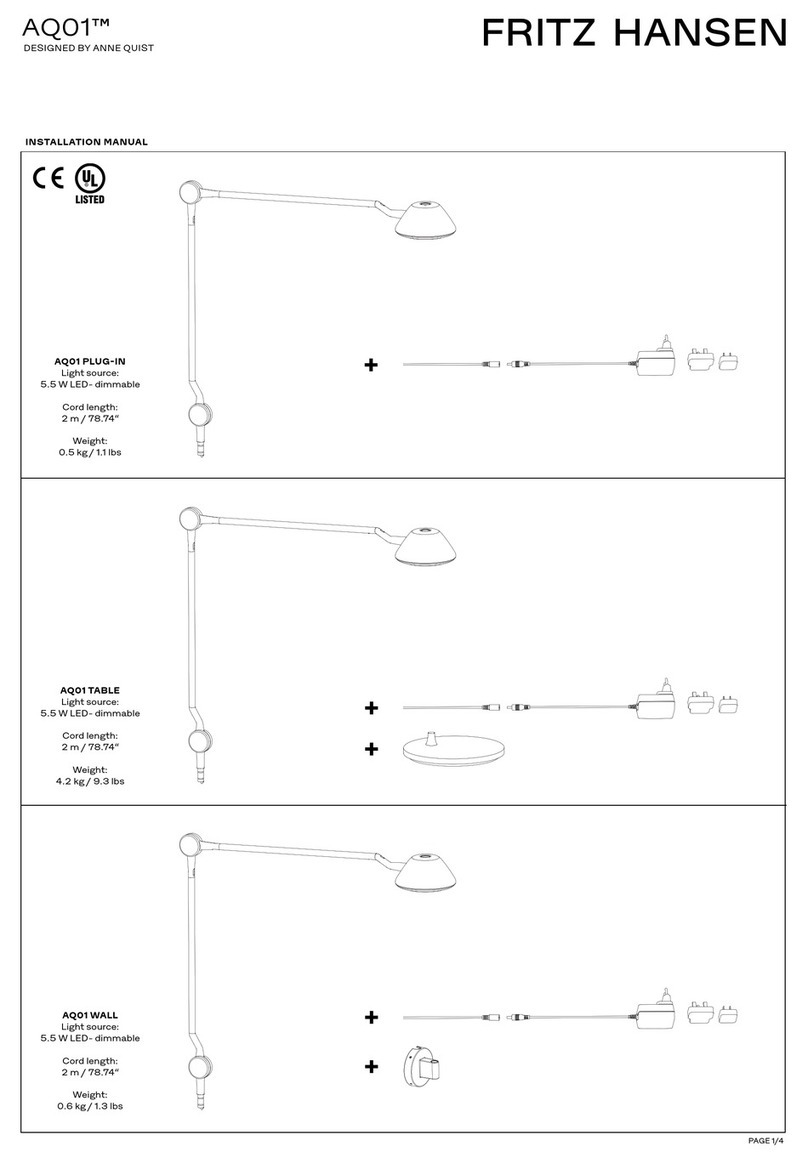
Salamander Quad Pro User Manual
Contents
1. Maximum Flame Heights and Minimum Safety Distances .....................................................................1
2. Safety Information .................................................................................................................................. 2
2.1. Operational Guidance..................................................................................................................... 3
3. Dimensions.............................................................................................................................................. 6
4. Product Overview ................................................................................................................................... 7
4.1. Product Description ........................................................................................................................ 7
4.2. Features .......................................................................................................................................... 7
4.3. Specification.................................................................................................................................... 8
5. Operation................................................................................................................................................ 9
5.1. Getting Started................................................................................................................................ 9
5.2. Control Panel.................................................................................................................................10
5.3. DMX Operation .............................................................................................................................10
5.4. Shutdown......................................................................................................................................10
6. Set-Up ...................................................................................................................................................12
6.1. Setting DMX Channels:..................................................................................................................12
6.2. Advanced Settings –tEC Menu.....................................................................................................13
6.2.1. HSI Delay ...............................................................................................................................13
6.2.2. DMX Filter .............................................................................................................................13
6.2.3. Tilt Switch..............................................................................................................................14
6.2.4. ‘Staggered delay’................................................................................................................... 14
6.2.5. Firmware version information ..............................................................................................14
7. Troubleshooting....................................................................................................................................15
8. Maintenance .........................................................................................................................................16
8.1. Firing Pin Adjustment.................................................................................................................... 17
8.2. O-Ring Replacement .....................................................................................................................18
9. Contact Details......................................................................................................................................20
10. Warranty ...........................................................................................................................................21


